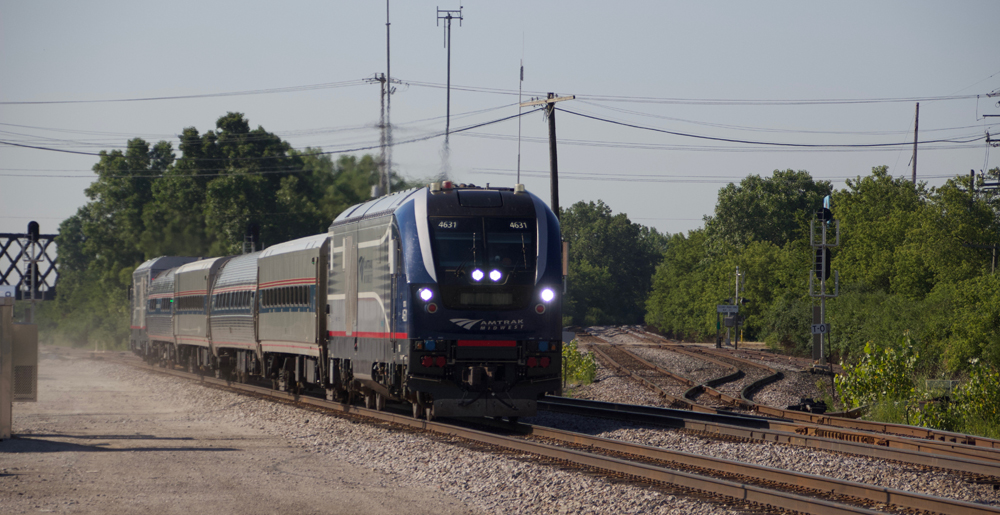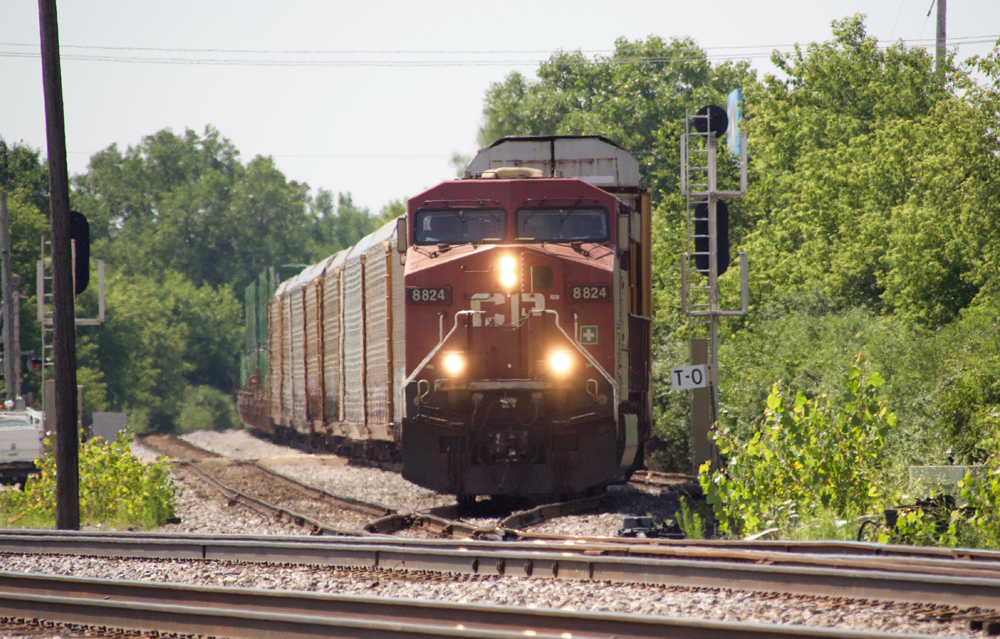Not in my backyard.
The unofficial rallying cry of opposition— to anything from low-cost housing to a railroad line — has made NIMBY a familiar acronym and led to the expectation that someone, somewhere, will oppose almost every effort to build or expand.
Railroads and transit agencies are well aware that if financial and environmental considerations don’t slow their plans, NIMBYism often will.
A 2018 New York Times article, “How ‘Not in My Backyard’ became ‘Not in My Neighborhood,’” by Emily Badger, traces the growth of the conviction that “owning a parcel of land gives [homeowners] a right to shape the world beyond its boundaries.” It cites factors including tax laws, integration, zoning, and the increased significance of housing as a financial asset. These led to what Dartmouth economist William Fischel called a concern over “remote threats, almost imaginary threats” — for example, that a procession from a nearby funeral home might pass as a potential homebuyer is visiting, negatively affecting interest in the property and therefore its value.
Such threats, real and imagined, often fuel opposition to rail projects. Consider one example: the effort to expand Amtrak Hiawatha service between Chicago and Milwaukee from seven to 10 round trips daily.

In 2016, Amtrak, Metra, Union Pacific, and Canadian Pacific agreed to a package of 10 infrastructure projects that would accommodate the additional frequencies. But residents in Glenview, Ill., an upscale Chicago suburb of 47,000, objected to one of those projects.
They organized to oppose a 10,000-foot siding at the A-20 junction, straddling Glenview and Northbrook, Ill., where Canadian Pacific trains enter and leave the Hiawatha route via a UP line connecting to CP’s Bensenville Yard. The Glenview ACTION Committee — the capital letters standing for Alliance to Control Train Impacts on Our Neighborhood — said trains using the siding would bring pollution, and negatively affect quality of life and property values. In an email to its supporters, it claimed Illinois was the “major loser” in a plan pushed by and benefitting Wisconsin, and among other questions, asked why more trains were needed when current Hiawathas were only operating at 40% of capacity. (Peak-period trains are often near capacity, and the expansion plans were intended to address needs at that time. The seven round-trip schedule in place prior to the COVID-19 pandemic included just one train in each direction in the 4-7 p.m. time period.)
Spurred by this group, the Village of Glenview spent more than $500,000 in taxpayer funds for lobbying, legal, and public-relations efforts to fight the siding. Among its objections: traffic issues created by the six new trains — in a community which, prior to the COVID-19 pandemic, saw 80 Metra and Amtrak trains every weekday. The ACTION Committee, meanwhile, urged voters to voice their concerns to their elected representatives. “This is an election year,” its email said. “Perhaps other candidates might put forth a better effort to work on our behalf?”
Perhaps predictably, officials yielded to the political pressure. In May 2019, the acting head of the Illinois Department of Transportation told legislators representing Glenview that the agency would no longer support the project. “We have beaten the railroad,” the ACTION committee proclaimed in an email.

The Wisconsin’s Department of Transportation subsequently announced plans to add at least two Hiawatha round trips with or without Illinois involvement by completing projects within its state. That plan was vetoed by host railroad Canadian Pacific, which said its agreement to allow additional trips was based on completion of all projects.
So the expansion of Hiawatha service — which carried more than 882,000 passengers in 2019, even with its peak-period limitations — remains in limbo.
Therein lies the problem of NIMBYism: while it successfully addresses the concerns of a single community, or a small group of homeowners within that community, it can block projects benefitting a much larger area.
— From “Big Projects: Tracks, Trestles & Tunnels,” available at the Kalmbach Hobby Store














Then the NIMBY’s p*ss, b**ch, & moan the highways are too crowded…..
test